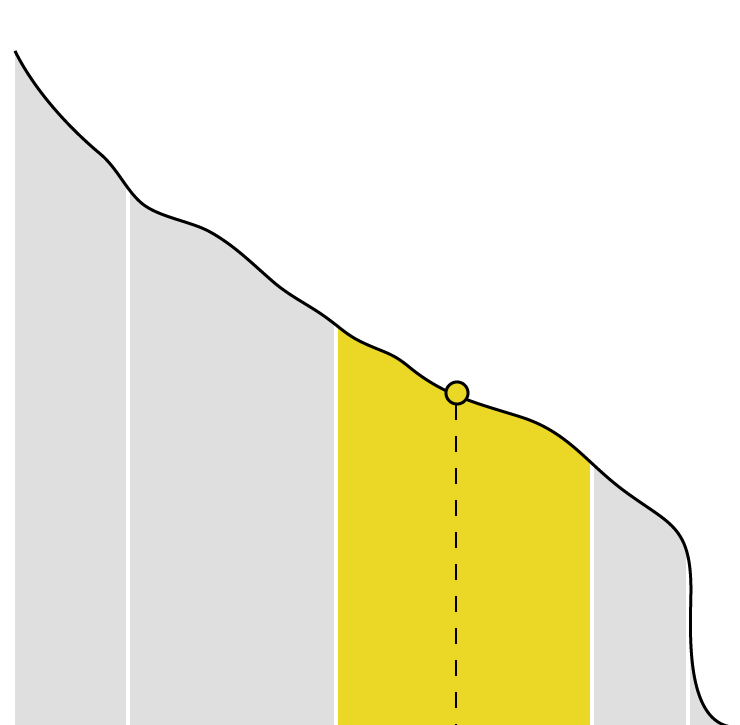Denmark – Ministry of Foreign Affairs (MFA)
The Ministry of Foreign Affairs of Denmark is responsible for Denmark’s development cooperation to which it refers to as Danida. Denmark became an IATI member in 2008 and started publishing to IATI in March 2012.
Denmark-MFA is in the ‘fair’ category. It publishes to the IATI Registry on a monthly basis, now using version 2.02 of the Standard.
All organisational planning indicators except country strategies are published via Denmark-MFA’s IATI data. However, no current annual report is made available and the procurement policy could not be accessed on the IATI Registry at the time of looking. Country strategies are not published consistently in other formats.
The majority of the finance and budgetary indicators are published in an IATI format. Disaggregated budgets are provided for three years ahead but not in a comparable format. Capital spend and project budget documents are not made available at all.
While performing well on the majority of the project attributes indicators, Denmark-MFA’s descriptions provided in the IATI format did not include the required information, resulting in a lower score for this indicator. There is further room for improvement on the planned dates indicator. Data about implementers is only made available sometimes, whereas sub-national location information is not published at all.
Denmark-MFA does well on four of the joining-up development data indicators, namely aid type, finance type, flow type and tied-aid status. Tenders, contracts and conditions, however, are not published in the IATI Standard. Only tenders are consistently available in other formats, contracts and conditions information is not published.
Denmark-MFA does not receive any points for the performance component. Objectives and results are published to the IATI Registry but the information did not meet the definitions of these indicators. Both objectives and results are made available in other formats but this is not done consistently. The same applies for pre-project impact appraisals as well as reviews and evaluations which are only made available sometimes.
- Denmark-MFA should improve the comprehensiveness of its publication to cover all financial and budgetary information.
- It should also consistently publish information on sub-national locations and implementers.
- Denmark-MFA should also start providing consistent and updated performance-related information.
- To demonstrate the impact of transparency on development work, Denmark-MFA should take responsibility to promote the use of the data they publish: internally, to promote coordination and effectiveness; and externally, to explore online and in-person feedback loops, including at country-level.
